Dare to Taste Australia’s Bold Flavours: 101 on the Authentic Oz Cuisine
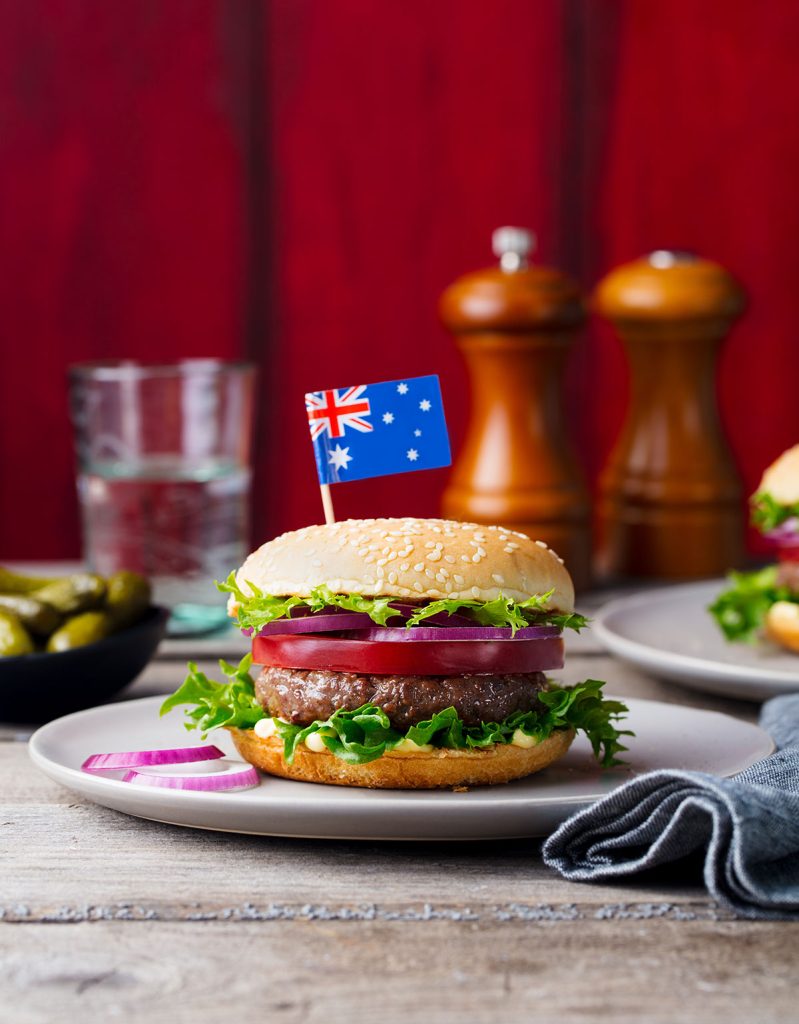
Author – Pooja Kumari
Like many, you probably think Australian cuisine is all about meat pies, lamingtons, and pavlova, right?
Sure, meat pies and lamington are the delicious classics, but trust me, there’s a whole lot more to Aussie cuisine than meets the eye. Internationally, Australian cuisine is perceived as laid-back and outdoorsy, as the barbecue or “barbie” is celebrated as the quintessential Aussie tradition.
Just imagine laying in the warm afternoon in Sydney or Melbourne, the aromatic sizzling meat wafts through the air in a backyard BBQ. The laughter and smiles around the table as family and friends gather to share stories over plates of perfectly charred steaks, sausages and salads make the food a bit more special.
What’s Cooking in Australia?
People across the globe have strangely fascinating and unusual stereotypes about the cuisine of Australia. Shaped by its diverse landscape and multicultural society, the Australian cuisine sparks tradition and modern influences.
So, what exactly do they serve? Do they even have something of their own? Doesn’t Australia have the deadliest animals and deserted land on the entire planet?
These still remain the most asked questions.
Mate, do you even know an estimated 5,000 species of native food were used by Aboriginal peoples?
Let’s dive into how Australian cuisine evolved from a bush tucker diet to a multicultural culinary style.
A Quick Stroll Through the History of Australian Cuisine
So, the story goes like… once upon a time, there were strong-built Indigenous Australians who have lived on an incredible hunter-gatherer diet, called bush tucker for aeons. The diet majorly comprises regional Australian plants and animals.
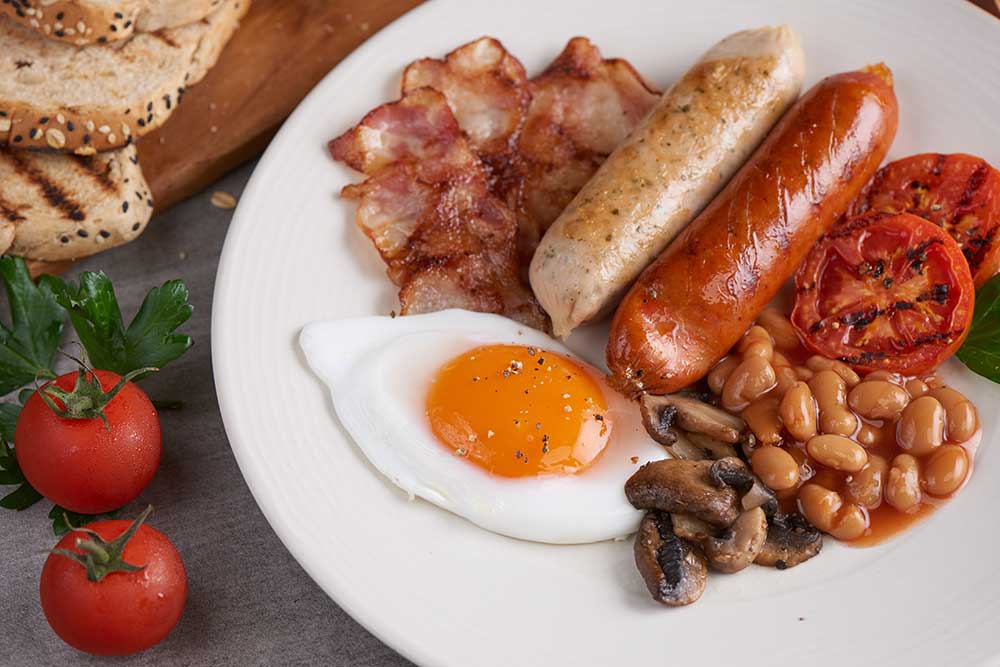
After the arrival of British settlers, the natives lost their unique flavours to them. The English brought their own food and products as little did they know about the plentiful foods Australia had to offer.
Alas! People started considering that Aussie didn’t have their own native ingredients, out of the loop they knew nothing about the authentic bold and blasting flavours which were obliterated from their history.
Sustaining the Past: Indigenous Ingredients of Australia
The Pre-1788 era screams the diet that was closely tied to the land including stapes like:
Bush tucker
The term refers to traditional Australian food, eaten by Indigenous Australians, the Aboriginal and Torres Strait Islander peoples, including native spices and vegetables such as wattleseed, kutjera, lemon myrtle, kakadu plum, bush tomatoes, warrigal greens and native yams.
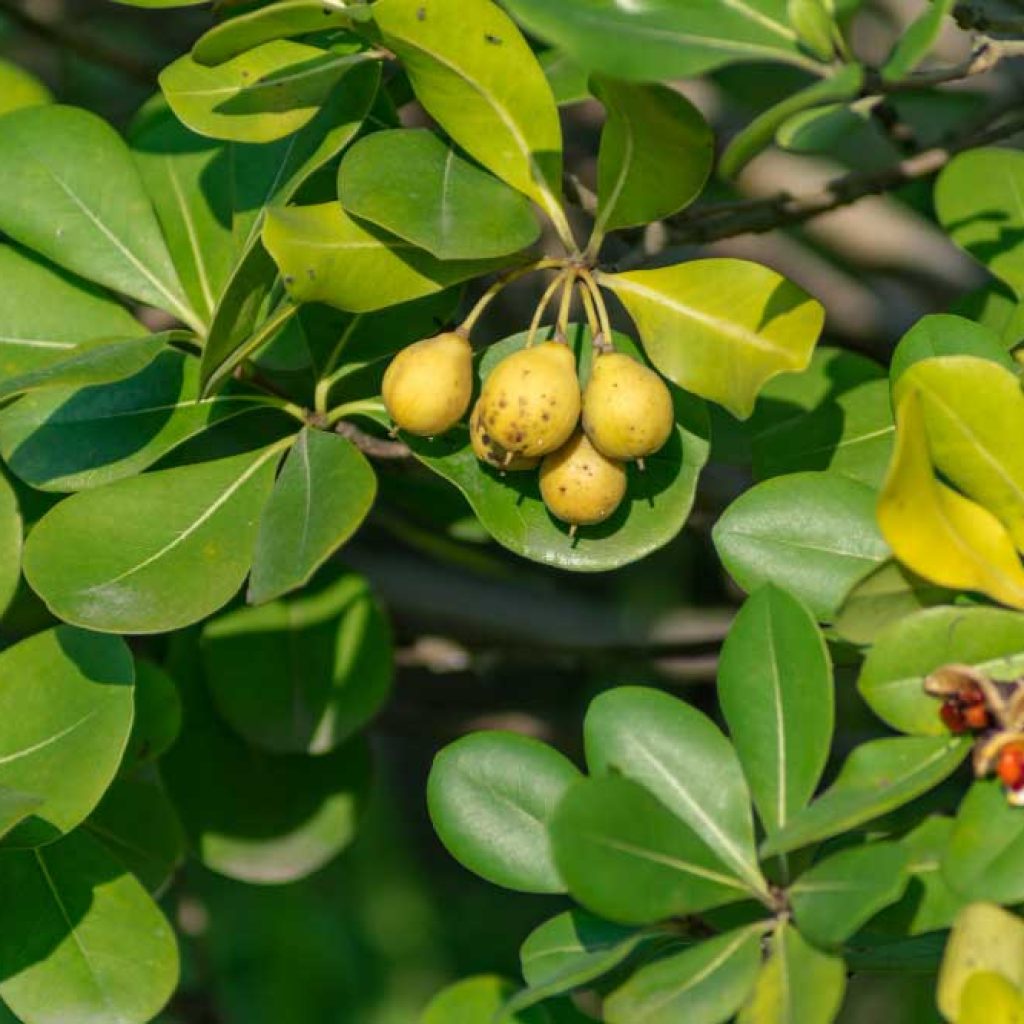
The colonisation later snatched these, remarking bush foods are ‘not fit to eat’ and represented the lack of edible plants in Australia.
Wild Game Meat
In Australian cuisine, “wild game” usually refers to meat from animals hunted in the wild. Those meat that has grown up in the wild and been hunted rather than raised on a farm as a food source.
Common animals: Kangaroo, emu, wallaby, witchetty grubs, goats, pigs and rabbits.
Fish and Seafood
Australia’s indigenous communities relied on seafood like barramundi and oysters. They were vital to their diet and culture as they used to offer both nutrition and a deep connection to the land and sea.
Settlers and Gold Rush: How Migration Mined Australia’s Flavours
During the 1780s, British settlers brought their culinary traditions including bread, meat and vegetables, followed by the early 19th and 20th century, when British and European influence was at peak. Australia’s food scenario continued to reflect British roots as more British settlers arrived.
Australia was introduced to European livestock, like cattle and sheep, and lamb and beef became staples. Fish and chips became popular due to British maritime culture. Moreover, people would witness a rise in wheat production in the early 19th century, irrespective of Australia’s harsh conditions.
All thanks to the Australian Gold Rushes, the period also saw the incorporation of foods from newly migrated Italian, Greek, and Chinese communities.
Modern Australian Cuisine: A Fusion of Cultures
As the Aboriginals said, “We are all visitors to this time. This place we are just passing through. Our purpose here is to Observe. To Learn. To Grow. To Love. And then we return home.”
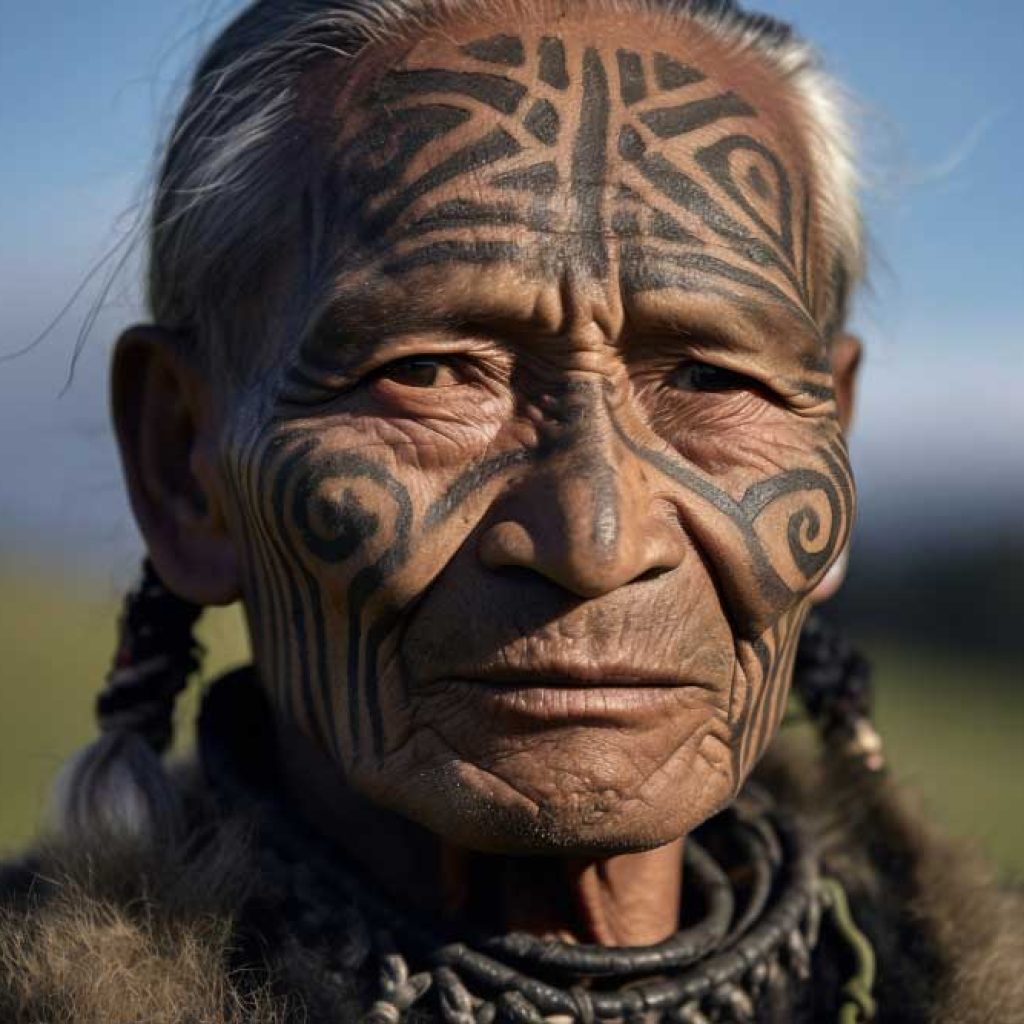
The recent years showed uncovering the country’s real treasure, as Australian chefs looked back to the country’s roots. Taking inspiration from the rich diversity of Indigenous foods and practices, carving out a truly Australian cuisine.
Despite this return to native ingredients, the flavours of the world still linger, reflecting the long history of global influence in Australian cooking.
Eat Like an Australian: Iconic Foods of Australia
We can’t talk about Aussie food without mentioning the best dishes that everyone’s been craving, right?
After a series of events that contributed to shaping the Oz cuisine, people are grateful that such classics exist, making their lives better each day. Here is what you must not miss–
Vegemite Toast
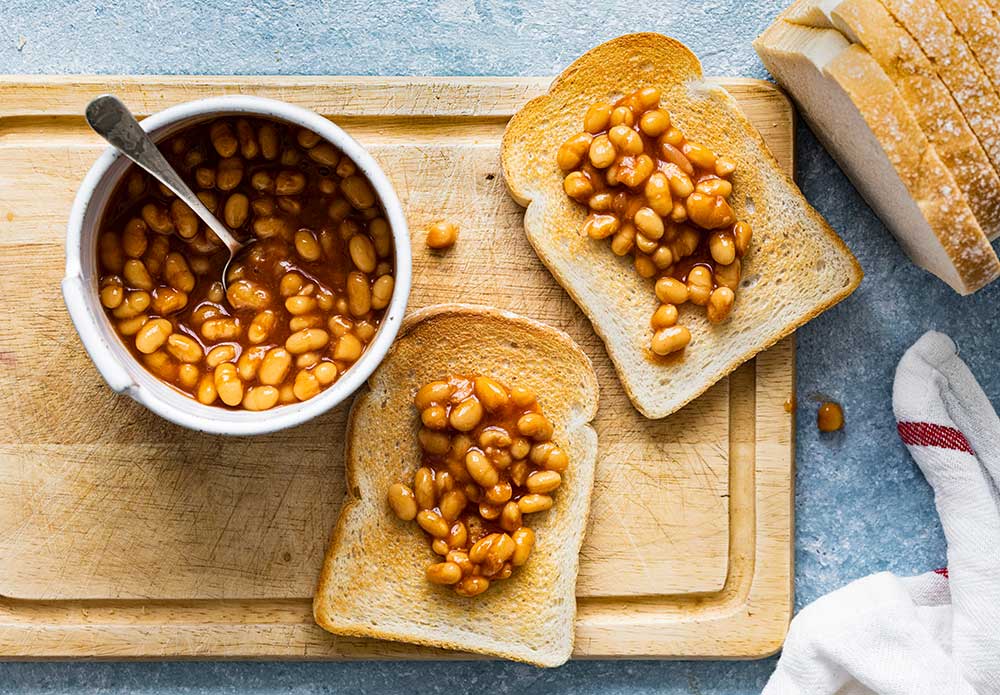
Almost every Aussies grew up indulging in the salty and savoury flavour of Vegemite, so don’t even try to joke about it. It has been a breakfast tradition in Australia for decades. This easy and quick comfort food was first created in Australia in 1922 and has since become a staple in Australian households and is definitely worth a try.
Meat Pies
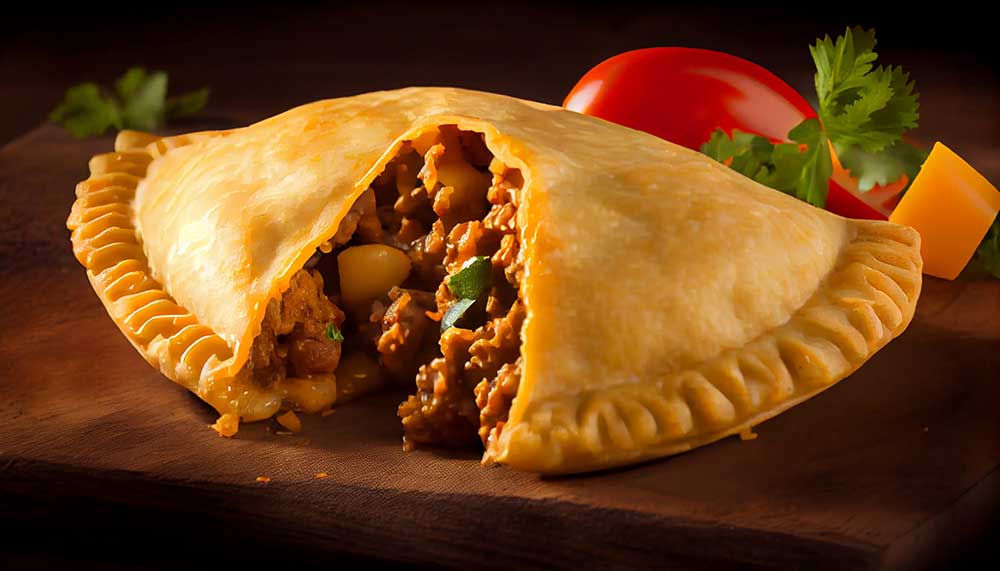
The handheld treasure packed with tender minced meat, gravy, and veggies, all wrapped in a golden, flaky pastry. Yes, I won’t be able to resist anymore, if I go writing about it. This quick and delicious Aussie snack will definitely ‘meat’ all your cravings.
Fairy Bread
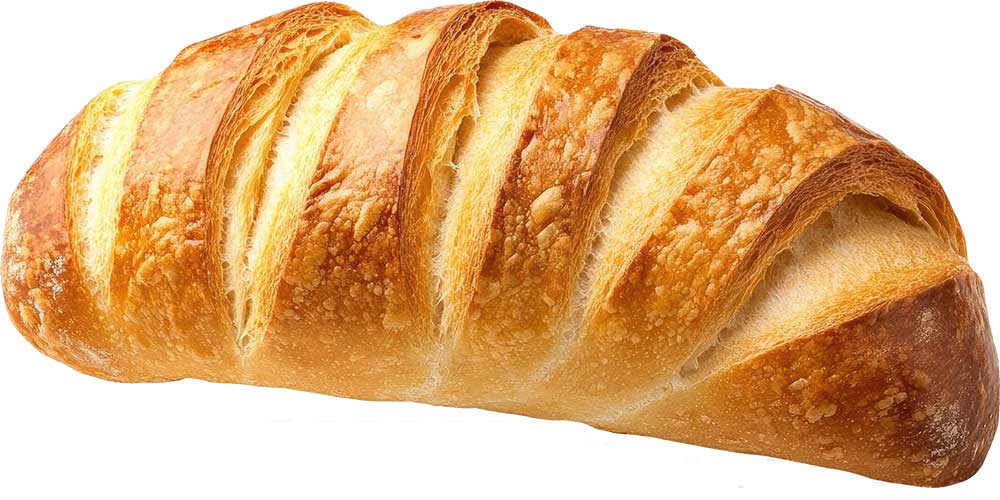
We all know a dish that guarantees to give you a nostalgic sugar rush that we can’t even resist as adults. Fairy Bread is that childhood classic served at every kid’s birthday party.
Simple? Absolutely. Delicious? Apparently. Made with just white bread, a little butter and lots of rainbow sprinkles.
Barramundi
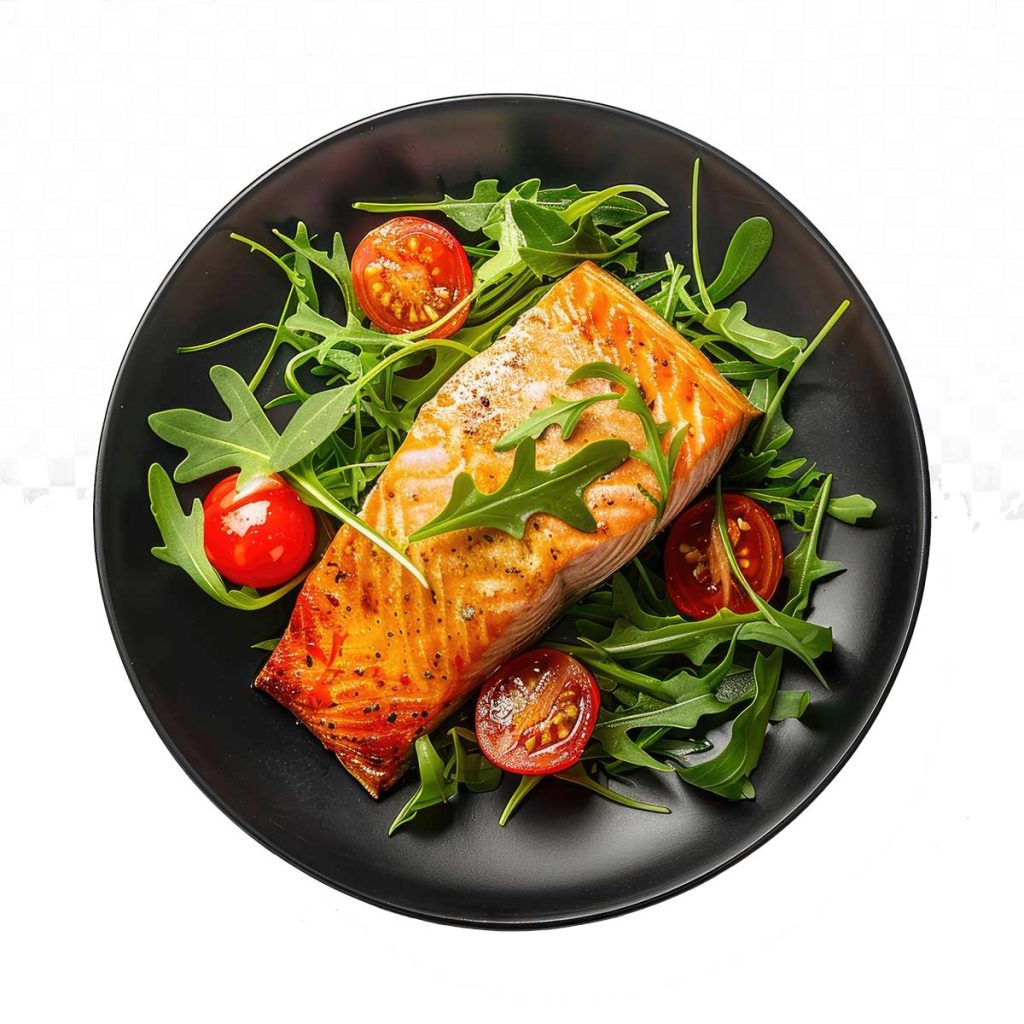
Why settle for any other fish when you can have Barramundi, with its perfectly flaky texture. God, its mild sweet flavour makes it a total gourmet meal you can bet on. Grill it. Bake it. Fry it. Yes, just do it! It somehow manages to taste good every time. All those seafood enthusiasts, barramundi is something exotic you can enjoy while keeping it casual at Australia’s captivating beaches.
Chicken Parmigiana
Yes, Chicken Parmigiana is on the list– because nothing says “fine dining” quite like a breaded chicken schnitzel smothered in marinara sauce and melted cheese. The dish is basically the epitome of comfort food, loaded with cheese and carbs. So, if you ever end up wondering what to order at the local pub, just go for the parmigiana.
Pavlova
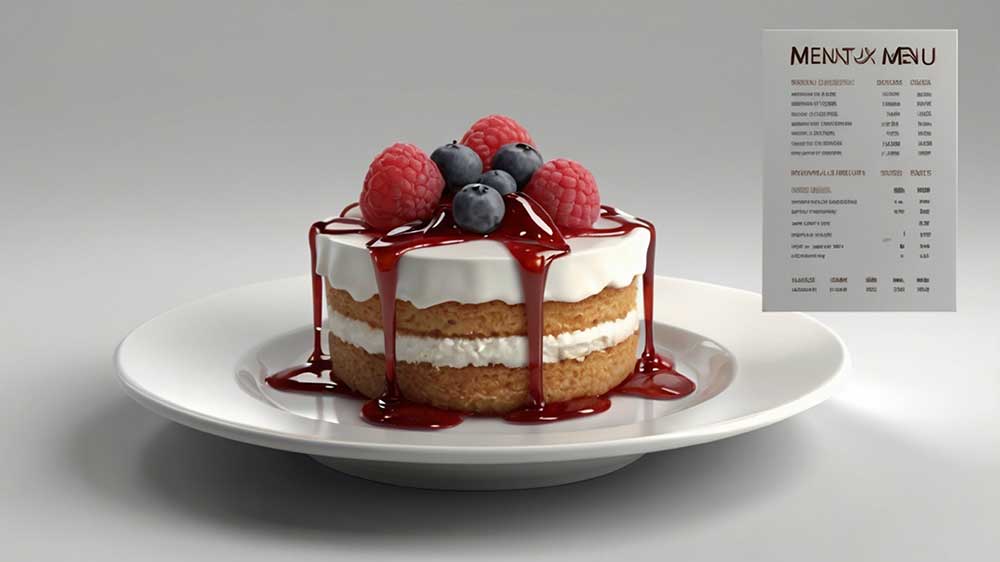
Finally, Pavlovas is here! A giant, sugar-coated meringue piled high with whipped cream and fruit. This crispy, sugary shell with a soft, marshmallowy center, is a classic Aussie masterpiece.
Witchetty Grubs
Okay, I know, before moving forward, let me convince you. These tiny grubs are packed with enough protein to make any bodybuilder question their protein shake.
Still that wrinkle on your nose and disgust on your face hasn’t moved yet?
Witchetty Grubs have been a part of Indigenous Australian cuisine for centuries, with a texture like softwood and a flavour that’s somewhere between almond and peanut butter. Don’t trust me? If you’ve ever wondered what’s missing from your life, this is probably it.
Lamingtons
We all can smell a freshly-baked out-of-microwave sponge cake. Imagine it being dunked into pure chocolate and then rolled in coconut– woah! Lamginton is born out of pure love, humble yet irresistible is a favourite dessert at every Aussie gathering. Ready to be transported straight to your sunny backyard, surrounded by friends and laughter?
Kangaroo
Eating the national animal sounds definitely weird, right? But this lean and gamey meat is a surprising delicacy in Australia. Often grilled, seared or made into sausages, it is praised for its rich flavours and high protein content, offering a taste that’s uniquely Aussie. So, unless you’ve got a soft spot for those hopping cuties, try it– it might just become your favourite protein source.
Tim Tams
Tim Tam, the iconic chocolate biscuit has made people go crazy around the world. This irresistible treat features two crunchy, cocoa-infused biscuits sandwiched with a velvety chocolate filling, all coated in smooth milk chocolate– a true cherry on top!
Don’t forget to do the Tim Tam Slam, where you bite off the corners of the biscuit and use it as a straw to sip a hot beverage like tea or coffee. The chocolate melts inside and creates a deliciously gooey experience.
Barbie Culture: Reveling in BBQs, Brews and Aussie Life
The Aussie BBQ, or “Barbie,” is deeply ingrained in Australian culture, marks a true symbol of national pride. It defines the exact Australian spirit where barbecuing is more for social purposes rather than culinary creativity.
Questions might arise…
“Could the Aussie BBQ be traced back to British colonisation, or is it a tradition that evolved independently?”
When we look at the history of Australia, we find that barbequing isn’t directly a result of British settlements, rather cooking and eating meals outdoors has dated back to Aboriginals. The Britishers, however, introduced the natives to the term in the mid-1800s, and the first use of the term in Australia happened at Waverly Bowls Club’s Leg o’ Mutton Barbecue in 1903.
Several decades later, BBQ was introduced for them to start in their backyards, eventually becoming part of mainstream Aussie BBQ in the 1960s.
Australians have their own unique technique, where they use gas grills for better convenience and quick heating. Though charcoal grills are still favoured for their smoky essence, when using, hardwood and fruit trees like oak, Manuka, and hickory are preferred.
“So, what must-haves are needed to make an Aussie BBQ complete? What exact meat do they grill?”
The answer is a long list that includes Sausages, Seafood such as prawns, shrimp, fish, and calamari, Steak, Lamb and other staple delicacies such as Chicken, Grilled veggies, Corn on the cob, Salads and Pavlova dessert.
Cups of Culture: Inside the Café Craze
We often get to see questions like “why are Australian coffee standards so high?” surfing the internet.
As Melbourne is often referred to as the Coffee Capital of the World, we know that Aussies are surely obsessed with it.
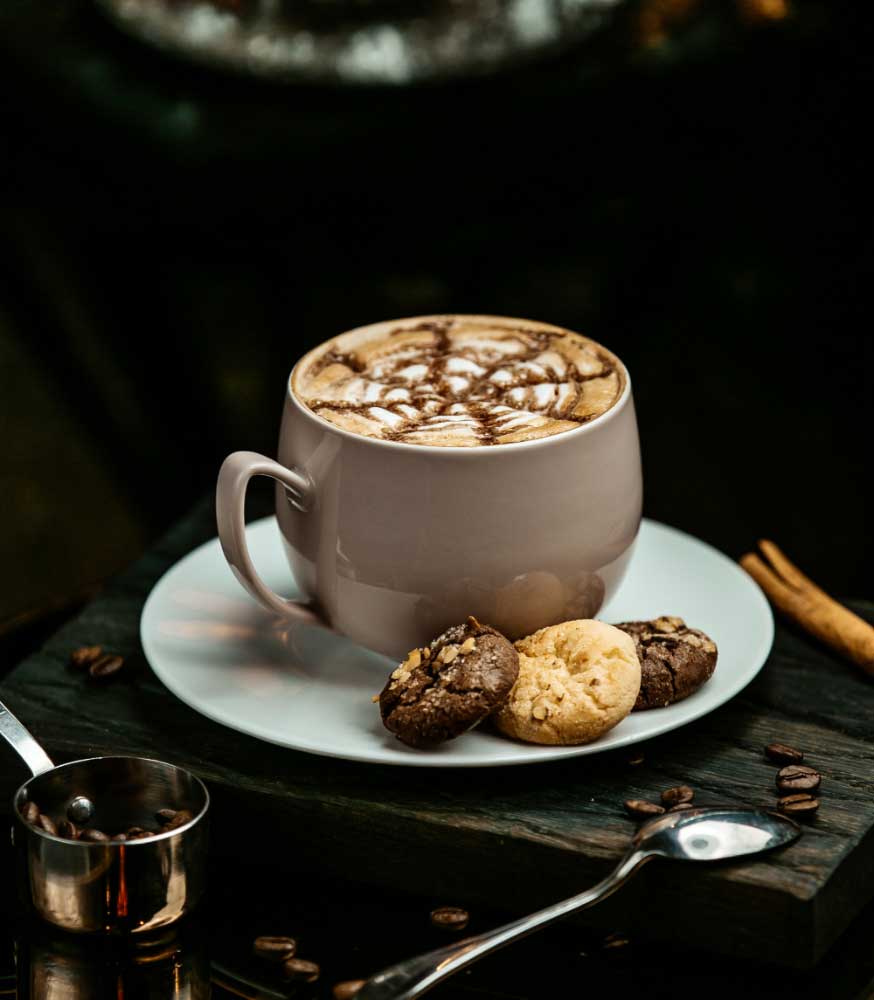
A little history goes here…
The café culture of Australia was introduced when the European immigrant’ population boomed during and after the World Wars. As Italian immigration was uncontrolled and their demand for coffee peaked, Melbourne received its first espresso machine in 1928. The coffee habits spread throughout the country by the bulk immigration, soon introducing café culture.
The Aussies developed their own distinct coffee culture, some still savouring espresso-based coffees without any sugar while some sipping milk-based milder coffees.
It’s clear that Australians have some unique coffee preferences. Some of the most common orders include Flat White, Cappuccino, Latte, Long Black, Mocha, Iced Coffee and Chai Latte.
And, for God’s sake, let us not forget the Flat White! Apparently, if we’re talking about coffee in Australian cuisine, we just have to mention it. You might find a decent flat white elsewhere in the world, but let’s be real, you’ll never find it as great as it is in Australia.
The cafés here not only serve coffee but are social hubs for locals to gather, socialise and relax.
Bottoms Up: Uncorking Australia’s Drinking Scene
Whether it’s clinking glasses at a wedding or sharing a cold beer with friends and family after a long day, Alcohol is deeply embedded in Australian culture. It is an excuse for socialisation and relaxation, bringing people together, marking and creating memories.
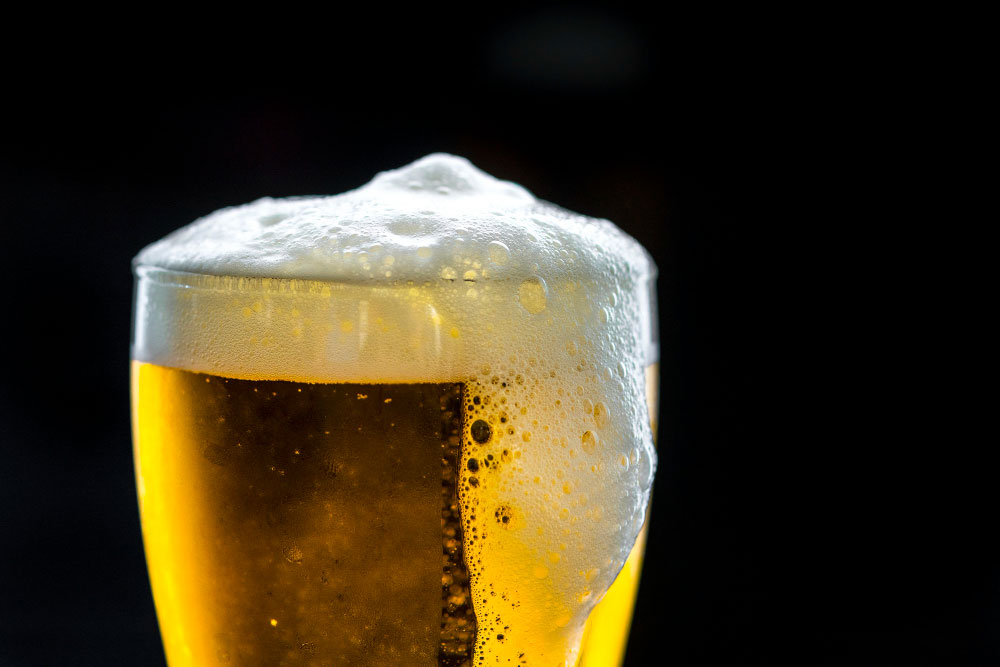
When we look at the history, Booze and Politics go hand-in-hand in Australia.
From the Rum Rebellion of 1808 to the steep rise of beer in World War II, the country shares an interesting drinking history.
Aussies consider beer as their traditional beverage and a cultural icon, complementing their finest delicacies. The centuries of heavy drinking have now been closely intertwined with Australian culture.
Conclusion
Quite frankly, Australian cuisine is a wild ride. It’s a melting point of indigenous, British, European, and Asian influences that has evolved from traditional bush food to a contemporary food scene that embraces innovation and sustainability.
Today, Australian food is characterised by fresh flavours while embracing culinary creativity. It continues to evolve and celebrates its diverse heritage.
Where else can you enjoy a kangaroo steak and wash it down with a flat white?
Their unapologetically unique food culture has surprised millions of taste buds.
So, what are your takes on immigration to Australia and how has this impacted the evolution of its culinary identity?

I am a creative writer, holding a postgraduate degree in English Literature and Language. My sentimentality while crafting beautiful narratives is reflected in my works and speaks of all the academic excellence I’ve achieved.
With years of hard work and patience, I’ve cultivated a sophisticated writing style that intricately weaves together eloquence and intellectual depth. I ensure that each piece of content I pour out leads my readers to explore the art of capturing the complexities of emotions, identity and introspection.
Driven by a desire to explore the nuances of human existence, my literary voice sparks maturity and insight. I always try to find the right balance between evocation and elegance which must leave a lasting mark on my readers.

